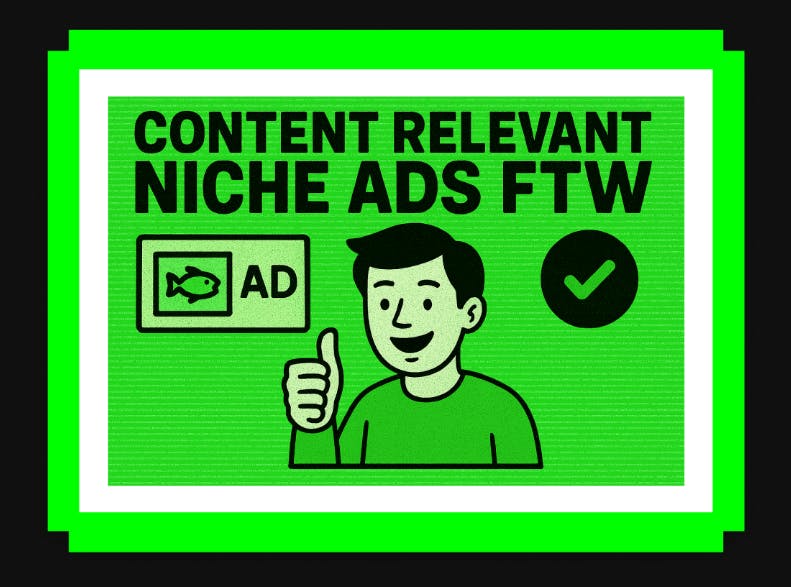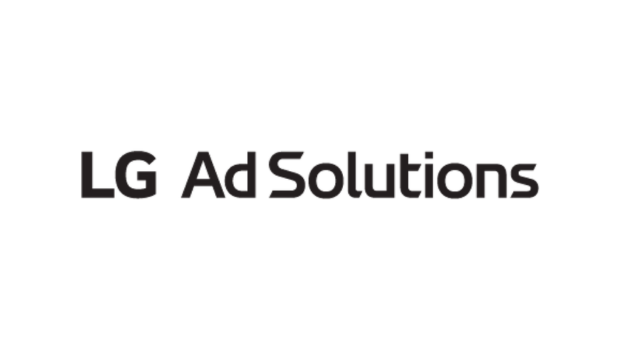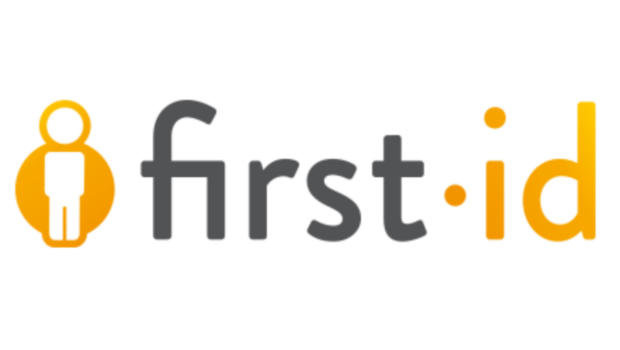#audience-targeting
#audience-targeting
[ follow ]
#advertising #digital-marketing #connected-tv #marketing-strategy #programmatic-advertising #content-strategy
fromThe Drum
4 weeks ago4 reasons why free TV deserves its own line on the media plan
"If you have TV and digital on your plan, this is a different space to both... there's space for this medium to get a budget as well, because it offers something different," according to Faisal Karmali, vice-president of digital business operations at CNN, as he urged marketers at The Drum Live to think of free ad-supported streaming TV (FAST) as a medium in its own right, and not a bolt-on.
Television
Online marketing
fromLondon Business News | Londonlovesbusiness.com
1 month agoThe benefits of an online marketing strategy for your hospitality business - London Business News | Londonlovesbusiness.com
A fully-featured online marketing strategy increases visibility, reaches global targeted audiences, drives direct bookings, reduces reliance on third-party platforms, and improves sustainability.
fromAdExchanger
1 month agoCognitiv Dives Deeper Into Contextual Advertising With Updated ContextGPT Tool | AdExchanger
On Wednesday, Cognitiv released the latest version of ContextGPT, which allows brands to provide more detailed and specific targeting parameters in order to optimize ad performance, Aaron Andalman, co-founder and chief science officer of Cognitiv, told AdExchanger. Brand suitability used to rely solely on keywords, said Andalman, but Cognitiv's technology understands content situationally based on how words are being used.
Marketing tech
Marketing tech
fromAdExchanger
1 month agoPixability Introduces Agentic AI Audience Tools To Its YouTube Contextual Segments | AdExchanger
Pixability launched Pixie, an AI agent that automates YouTube audience-segment creation from marketing briefs and enables natural-language filtering for faster ad targeting.
Marketing tech
fromExchangewire
2 months agoFreeWheel Partners with Experian to Offer Advanced Targeting Capabilities & Extended Addressable Audiences
Experian data integrated into FreeWheel's ecosystem enables UK advertisers to target addressable audiences across premium video inventory more precisely and at scale.
Marketing tech
fromExchangewire
2 months agoAdLarge, the fwd. network, & NumberEight Partner to Bring Privacy-First Audience Targeting to Audio Advertisers
AdLarge and the fwd. network partner with NumberEight to deliver privacy-first, AI-driven, scalable audio ad targeting that optimizes performance without cookies or IDs.
fromExchangewire
2 months agoSmarter Audiences: Closing the Gap Between Definitions & Real Behaviour
Audience planning has long relied on segmentation. It's how we bring structure to the chaos - turning abstract brand personas into something targetable and measurable. But the way we define audiences hasn't kept pace with the way people actually behave. Today's media environment is fragmented, fast-moving, and deeply personal. People don't consume content in neat, linear ways. They're scrolling, streaming, skipping, switching. And yet, much of our audience strategy is still based on static, retrospective data: a collection of pre-built segments, often designed for another time, place, or platform.
Marketing tech
fromExchangewire
3 months ago"Programmatic DOOH is Rapidly Gaining Favour with Digitally Focussed Marketers": JCDecaux's Mark Halliday on Omnichannel Effectiveness - ExchangeWire.com
Omnichannel planning and activation benefit from fragmentation by maximizing advertising budget through reaching audiences across diverse screens, platforms, and media channels.
Marketing
fromExchangewire
4 months agoCovatic Supercharges Contextual Targeting with Full Support for IAB Content Taxonomy Audiences
Covatic is enhancing its platform significantly by introducing full support for IAB Content Audiences, enabling publishers and advertisers to engage audiences with contextual targeting.
Marketing tech
London
fromianVisits
6 months agoThe Elizabeth line is getting massive video wrap-around advertising screens
Transport for London is enhancing advertising on the Elizabeth line with new digital screens and targeted ads.
Global has won a contract to manage advertising for TfL, focusing on advanced tools for audience targeting.
fromExchangewire
6 months agoVevo Partners with Experian to Enhance its Ad Targeting in the UK
Advertisers on Vevo can already tap into our existing toolbox to maximise their campaign effectiveness...but now, we are further enhancing our capabilities within audience attributes and affinities.
Marketing tech
[ Load more ]










